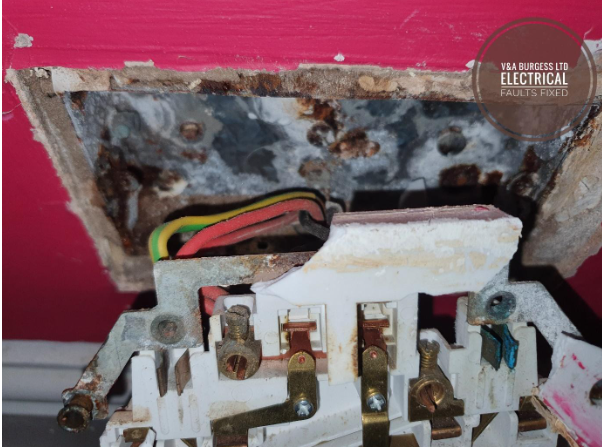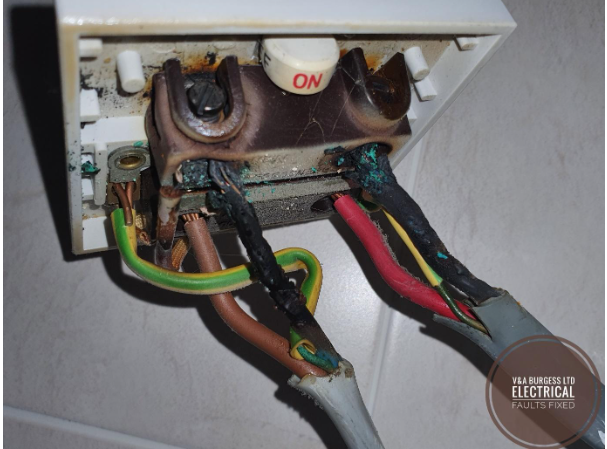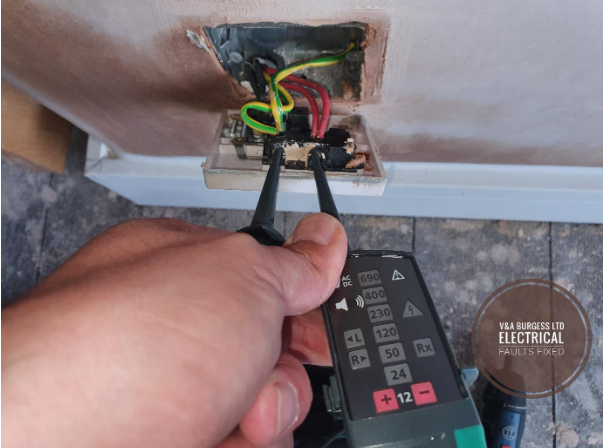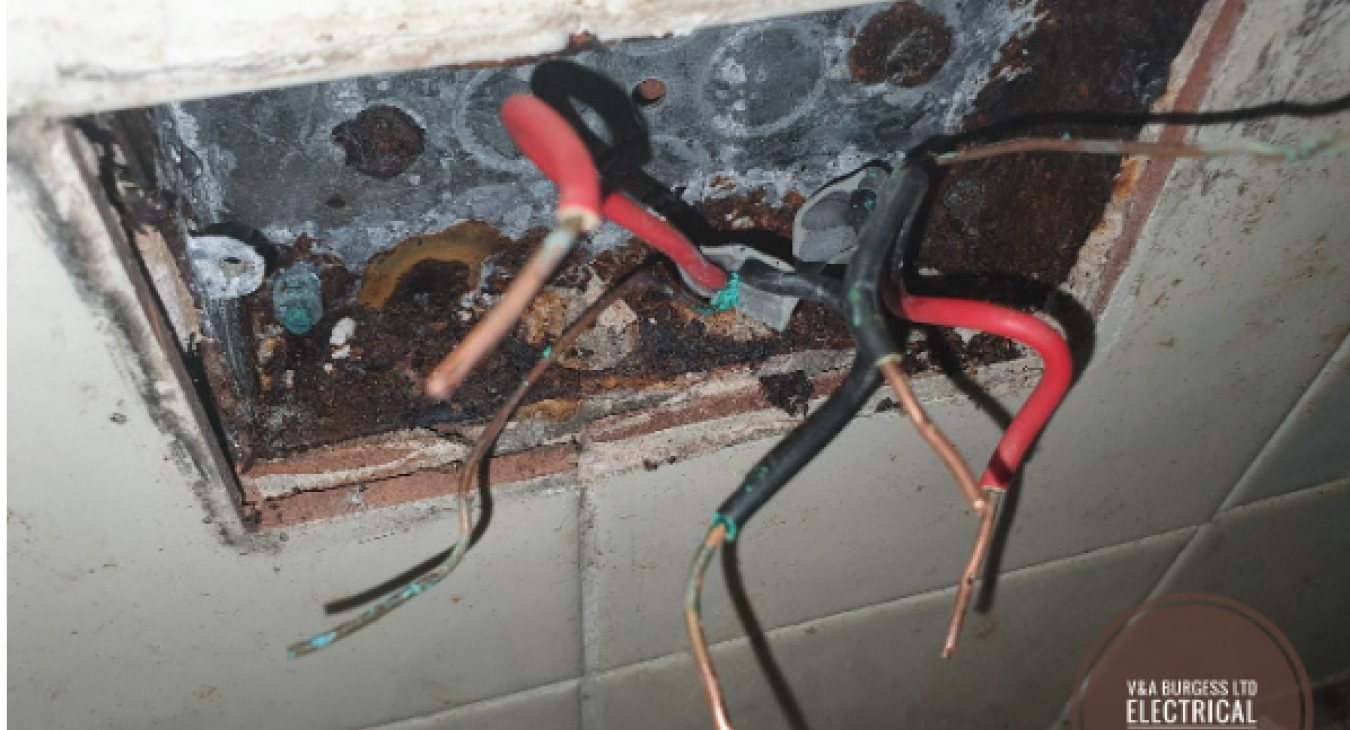Unused Electrical Wires and How to Cap Off or Recycle - Electrical Faults Fixed
In our homes, there is often wiring that is no longer required. This could be for fixed electrical appliances that are no longer in use, have been removed, or where plug sockets have been relocated. UNUSED ELECTRICAL WIRES may also come from old electrical components that are outdated or no longer functioning.
We will have a look at how unused electrical wires need to be altered, removed, or safely capped off using wire nuts or wire caps. I would always strongly recommend employing the services of a professional electrician to carry out electrical work. This article should not be used as a DIY guide but rather as an example of the issues electricians will look at when making changes.
Table of Contents
- Unused Electrical Wires in Homes
- Is the Existing Circuit Safe?
- Is the Circuit Protected by GFCI / AFCI / RCD?
- Will the Addition Comply?
- Why Is It Important to Remove Unused Electrical Wiring?
- Common Sources of Unused Electrical Wires
- How to Identify Unused or Abandoned Electrical Wires
- Safety Precautions Before Handling Electrical Wires
- Disposing of Electrical Wires
- Summary
1) Unused Electrical Wires in Homes
Live wires left dangling out of the wall are never safe, as they pose potential hazards such as electric shock or electrical fires . Therefore, they need to be dealt with in a timely manner. It’s common in older homes to remove appliances such as water heaters and be left with an electrical point that is no longer used. In some cases, the wiring to an old immersion tank can be turned into a plug socket, but certain guidelines must be followed, and it's always a good idea to hire an electrician for such changes.
An electrician can determine if the wiring is safe to repurpose and if the old wires are still in good condition. Several wiring regulations will apply to any changes. As an electrician, I can tell you that not every water heater supply is suitable to be changed into a plug socket. For instance, using the wrong wire gauge can lead to short circuits or fire risks. Abandoned wiring must be dealt with carefully, and all alterations should comply with safety standards.

2) Is the Existing Circuit Safe?
The first step before repurposing wiring is to determine if the existing electrical circuit is safe. The wiring may have been disconnected due to an electrical fault, and the first step is to check if the cable is safe to reinstate. The ends of the wires may also need to be checked for insulation breakdown or damage to the plastic coating, which could result in exposed wire leading to electrical shocks or short circuits.
Back to top3) Is the Circuit Protected by GFCI / AFCI / RCD?
When installing a socket in the UK (check regulations in your country), the circuit must be protected by an RCD, and the circuit breaker must trip at the consumer unit if there is a fault. This protection helps prevent electrical shocks. A voltage tester should be used to check that the circuit is functioning correctly and to ensure there are no live electrical wires.
Back to top4) Will the Addition Comply?
A copy of the local wiring regulations (UK REGULATIONS HERE) may be needed to ensure compliance. Installing sockets in place of fixed appliances, like heaters, can lead to additional safety hazards. Any electrical projects will often require that the entire electrical system be compliant with the latest standards.
Back to top5) Why Is It Important to Remove Unused Electrical Wiring?
When wiring is unused, it’s not sensible or safe to leave it buried in a wall without some indication that the wiring exists. In the UK, for example, you cannot remove a plug socket and leave the cables in the wall unless specific conditions are met. The best way to deal with old electrical wires is to terminate them into a junction box or install a blanking plate over the socket.

Leaving wiring buried in the wall can result in fire risks and electrical hazards. It’s better to disconnect unused wiring at the breaker box or fuse box, ensuring that all the wiring is completely dead. When I disconnect an electrical circuit I often leave the earth (CPC)connected for safety purposes.
Back to top6) Common Sources of Unused Electrical Wires
Typical reasons for unused electrical wires include:
- Switching from a system boiler to a combi boiler
- Removing an old hot water tank
- Disconnecting power cords or unused plug sockets
- Removing old light switches
- Swapping from an electric shower to a plumbed shower
7) How to Identify Unused or Abandoned Electrical Wires
Identifying abandoned wiring can be dangerous and not only requires skill, knowledge and qualifications but also the correct equipment.
An electrician should be consulted to carry out this task safely because they should already have all the safety equipment, voltage testing equipment and other apparatus to carry out this work. They will also have suitable knowledge to identify seemingly 'unused' wiring and establish if the wiring has some other purpose or is likely to become live at some point.

A common mistake that is made by DIY enthusiasts is to assume that wiring is dead and that the cables are simply UNUSED ELECTRICAL WIRES when in fact, once a light switch is operated, the wiring becomes live. I regularly see wiring that is buried in the walls under the assumption that it is dead and then this becomes live once a switch is turned on. Safety Precautions before handling electrical wires
Back to top8) Safety Precautions Before Handling Electrical Wires
Before carrying out any alterations or changes to electrical wiring, electricians will carry out safe isolation procedures on the circuit breaker, main switch and any other parts of the installation that are needed in order to work safely.
Following these procedures is the correct way to avoid unnecessary risks during electrical work. Working live is dangerous and should be avoided at all costs. Live working is all but prohibited under EAWR 1989 and should only be carried out under specific circumstances which rarely apply in domestic or commercial installations.
Back to top9) Disposing of Electrical Wires
Any electrical wiring waste or UNUSED ELECTRICAL WIRES should be disposed of properly, following recycling process guidelines. Copper wires are valuable and can be taken to a scrap yard. While stripping the bare copper wires of their insulation will reduce their weight, the value increases significantly.
Electrical wires, especially electrical cables containing heavy metals, should never be thrown in the regular trash. Instead, take them to a recycling center that deals with electronic waste. It’s one of the best things you can do to reduce the amount of waste and protect the environment.
Back to top10) Summary
Attempting to work with electrical wiring may seem like an easy task but in reality, there are many dangers when working with electricity. It is a common misconception to think that alterations can be carried out so long as the supply is dead. In fact, there are many safety regulations that have to be adhered to and failing to do so can mean that alterations and additions are very dangerous. Simply because electrics seem to work ok does NOT mean that they are safe or that alterations are acceptable under the wiring regulations.
Only a professional electrician should carry out work on wiring systems to ensure that repairs, alterations and additions are done to the minimum acceptable standards as laid out under the wiring regulations. The only way to prove that electrical installations and wiring additions are safe is to carry out the necessary testing using calibrated specialist test equipment and following procedures laid out by the IET.
Back to top
Read more articles
- Log in to post comments


